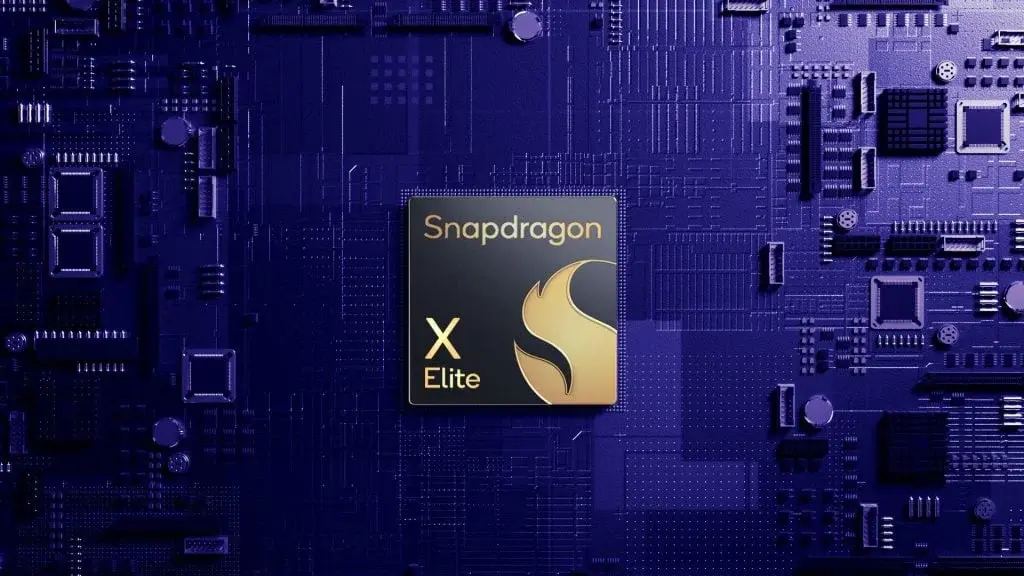Qualcomm’s entry into the Windows on Arm (WoA) laptop arena with its Snapdragon X series has gained considerable attention since its debut on June 18th.
Data from the performance testing site Geekbench indicates that over 81,000 tests were conducted worldwide in the past month, with 6.5% involving Snapdragon X devices. Although this percentage is lower compared to entrenched competitors like Intel and AMD, it’s a commendable performance for a new entrant.
Energy Efficiency and Battery Life
The Snapdragon X is notable for its energy efficiency, a key selling point emphasized by both Microsoft and leading PC manufacturers. Benchmark results consistently demonstrate that laptops powered by the Snapdragon X can achieve over 15 hours of battery life, which is quite remarkable.
Moreover, Snapdragon X laptops are the first to receive certification for Microsoft’s Copilot+ productivity suite, potentially enhancing workflow efficiency.
Initial Challenges and Hiccups
Nevertheless, the Snapdragon X launch has encountered several issues. The eagerly awaited Windows Recall feature was canceled prior to release due to privacy and security concerns.
Additionally, Snapdragon X Elite notebooks have faced compatibility problems with certain applications due to their ARM-based architecture. Their integrated graphics performance also falls short when compared to Intel’s Arc offerings. Moreover, software developer support for the processor’s on-device AI processing is still in its early stages, limiting the AI capabilities of the Snapdragon X.
Market Impact and Future Prospects
Despite these obstacles, the introduction of the Snapdragon X is a positive development for consumers. Much like how Apple’s M-series chips shook up the laptop market, the Snapdragon X is pushing established players like Intel and AMD to innovate and produce more powerful notebooks.
Although the Snapdragon X currently may not cater to the needs of power users, there is optimism that Qualcomm will continue to advance its technology. Should the platform address its current issues, the future of the notebook processor market could witness a compelling three-way competition for supremacy.


Leave a Reply